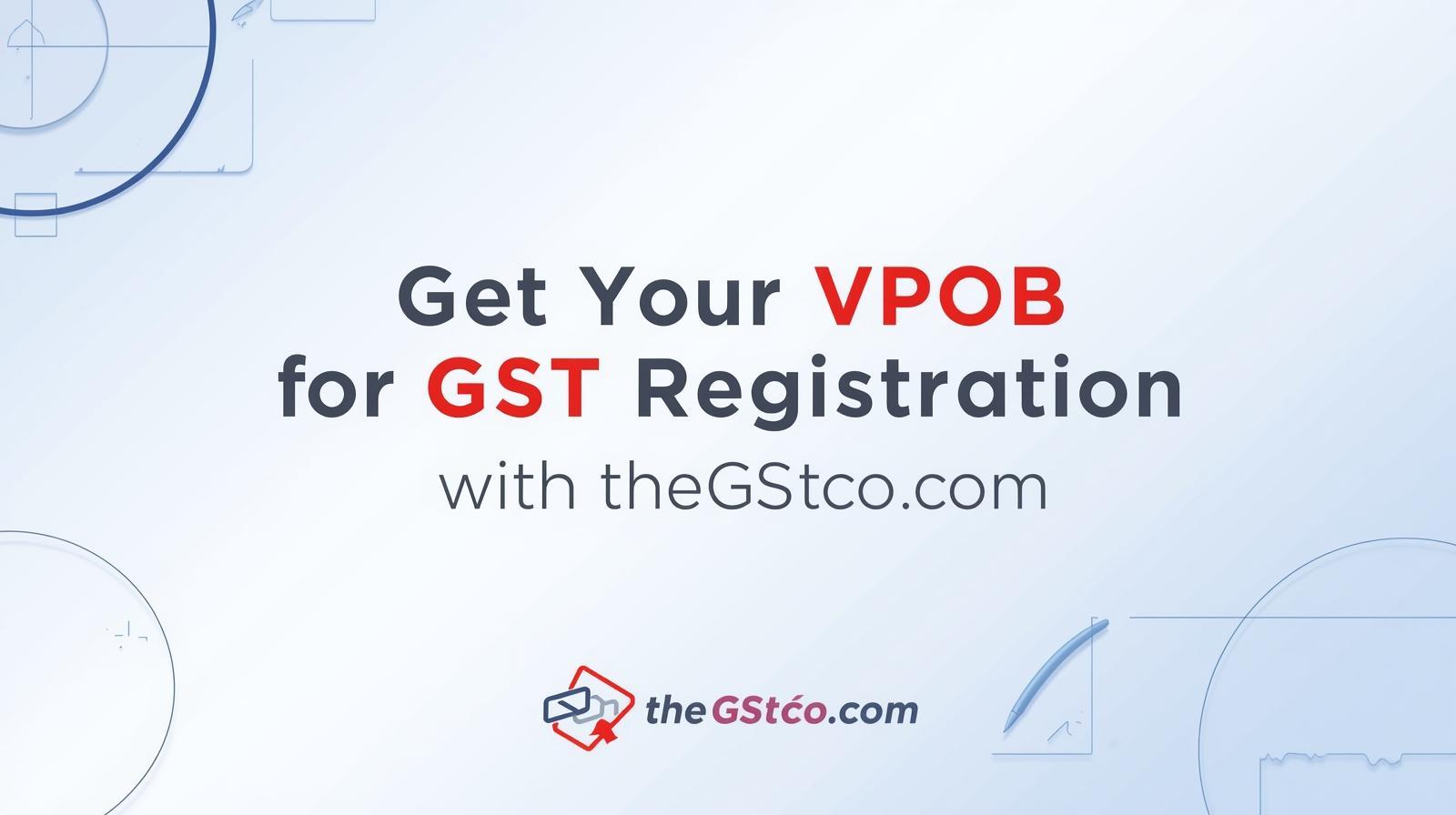Registering your business under the Goods and Services Tax (GST) is a vital step toward making it legitimate and trustworthy. However, many entrepreneurs—especially first-time business owners—often make small but costly mistakes during the process. These errors can delay approval or even result in rejection. As more businesses rely on VPOB for GST Registration (Virtual Place of Business), understanding how to apply correctly has become essential.
A VPOB is a verified virtual address that enables businesses to complete their GST registration without maintaining a physical office. It’s an ideal solution for startups, online sellers, and freelancers who operate remotely. While it offers convenience and flexibility, any error in your application or documents can cause unnecessary complications later. Here are the most common mistakes you should avoid when registering for GST using a VPOB.
Providing Incorrect or Incomplete Details
One of the most common reasons for GST application rejections is submitting inaccurate or incomplete information. Even a minor mistake—such as an incorrect PAN number, misspelled business name, or mismatched address—can lead to verification issues.
When applying through a VPOB for GST Registration, ensure that all details across your documents match perfectly. The rent agreement, NOC, and utility bill provided by your virtual office provider must show the same address as your GST application. Review everything carefully before submission to avoid unnecessary delays.
Using an Invalid or Unverified Business Address
Many applicants face rejection because of unverifiable or invalid business addresses. The GST authorities require proper proof of the business location, even if it’s a virtual address.
If you’re using a VPOB, make sure your provider gives you legitimate supporting documents—such as a registered rent agreement, an NOC from the owner, and the latest utility bill. Avoid using addresses from unverified or cheap providers who reuse the same property for multiple businesses. Choose a trusted and government-approved virtual office provider to stay compliant.
Uploading Low-Quality or Blurred Documents
Another frequent mistake is uploading unclear or incomplete documents. GST officials thoroughly review each file, and poor-quality scans make verification difficult. If your documents are blurry or cropped, your application may be delayed or rejected.
Always upload high-resolution, full-page scans of your PAN, Aadhaar, and address proofs. Most reputed VPOB providers offer ready-to-upload, verified copies to ensure a smooth registration experience.
Selecting the Wrong Business Type
Many applicants choose the wrong business structure when registering for GST. For example, a freelancer may select “Private Limited Company” by mistake, or an online seller may fail to mention that they sell via e-commerce platforms. These errors can create compliance issues later and may require corrections or reapplication.
If you are unsure about your business category, seek guidance from your VPOB provider or a GST expert. Selecting the correct structure helps avoid unnecessary complications.
Failing to Mention Additional Business Locations
GST registration allows you to list both your main and additional business places. Many business owners forget to include warehouses, storage spaces, or fulfillment centers, especially those selling online. This omission can cause compliance problems during inspections or audits.
If your business operates in multiple states, you need a separate GST registration for each state. Having a VPOB for GST Registration in each location ensures legal compliance and saves you from the cost of renting multiple physical offices.
Missing or Incorrect Authorization Letter
Every GST registration requires an authorization letter from the owner or authorized person. However, many applicants either forget to attach it or upload a version with missing details. Without it, your application may remain pending for weeks.
Professional VPOB providers usually include a pre-drafted authorization letter as part of their package. Before uploading, verify that it contains the correct name, designation, and signature.
Ignoring Queries Raised by GST Officers
After submitting your application, the GST officer may raise queries or ask for additional documents. Many applicants fail to respond on time, leading to automatic rejection.
Monitor your registered email and the GST portal regularly for notifications. A reliable VPOB provider often helps you respond quickly to such queries, ensuring timely approval.
Choosing an Unreliable VPOB Provider
Selecting a non-verified VPOB provider can lead to serious issues later. Some services offer incomplete documentation or use the same address for several clients. If the address gets flagged by GST authorities, your registration could be suspended.
Always choose a reputed and verified provider offering complete documents—such as rent agreement, NOC, and utility bill. Partnering with a trusted provider ensures your VPOB for GST Registration is fully compliant and secure.
Ignoring Compliance After Registration
Many business owners assume their work is done once the GST certificate is issued. However, maintaining compliance is an ongoing responsibility. Keep both digital and physical copies of your VPOB documents ready, as they may be required during audits or inspections.
Proper record-keeping not only ensures compliance but also strengthens your business’s credibility. Organized documentation helps you stay prepared for any official verification.
Conclusion
Getting your business registered under GST is simple when done carefully. Most problems arise from small oversights—like mismatched details, unclear documents, or invalid addresses. By paying close attention during the application process, you can avoid delays and ensure a smooth registration experience.
Opting for a VPOB for GST Registration is a practical choice for startups, freelancers, and online businesses that want a legal address without the expense of a physical office. The key lies in selecting a genuine provider, submitting accurate documents, and responding promptly to any official communication.
By steering clear of these common mistakes, you can complete your GST registration without hassle and focus on what truly matters—growing your business confidently and compliantly.

